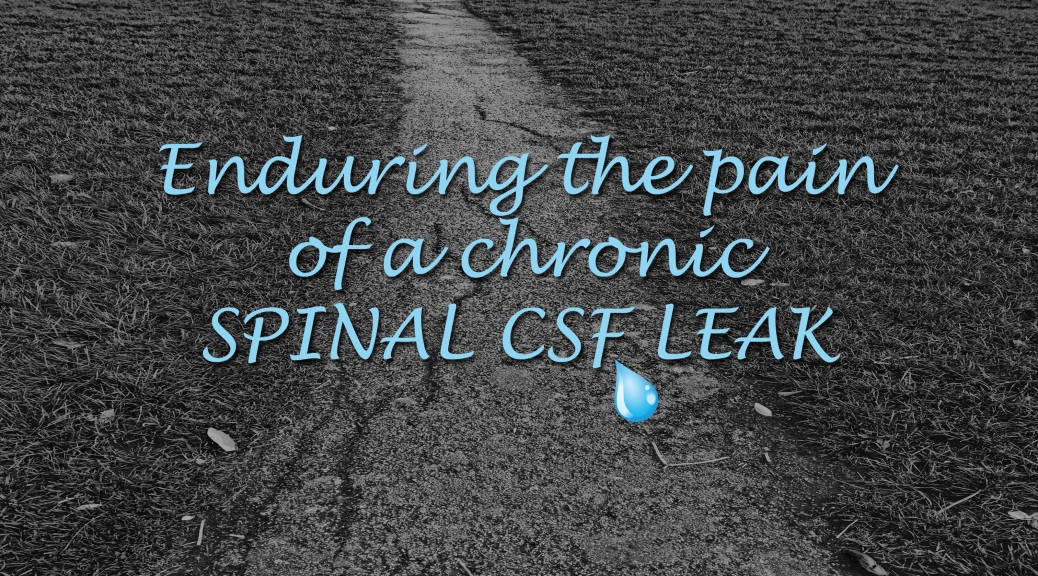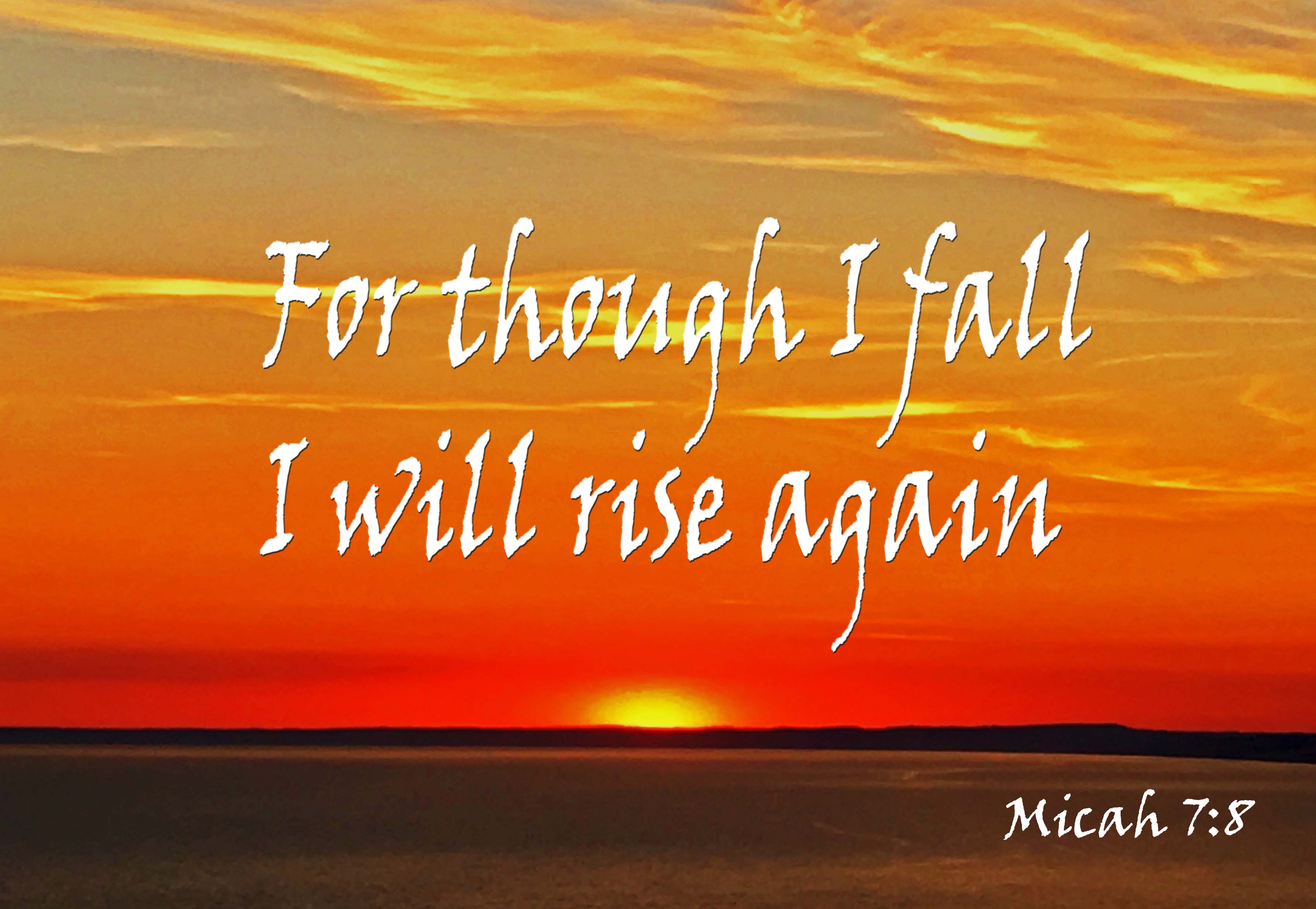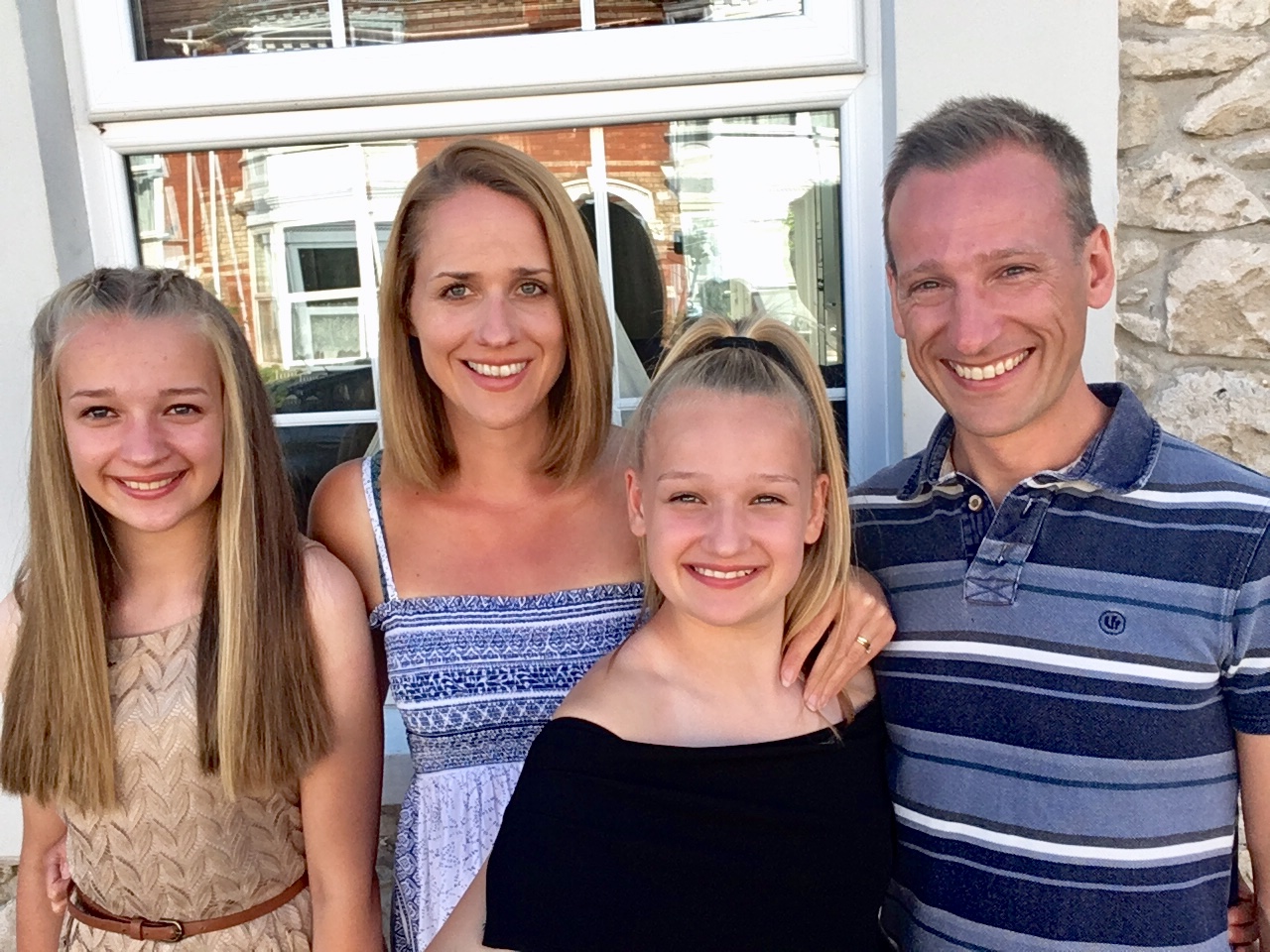“Try to understand others. If you understand each other you will be kind to each other.”
John Steinbeck
Trying to understand others is a big motivating force in my life. I have learnt from experience over the years that the more we can TRY to understand others – and they TRY to understand us – the kinder we will be to one another. Ignorance about others’ lives and what they have had to deal with in the past, or what they currently face now, is often one of the reasons we misunderstand and judge others behaviour and words. Listening and more understanding, on the other hand, is often the key to treating people with more love, grace & compassion in every way.
This is one of the reasons I have tried to tell my own story over the past five years as honestly as I can. To help me to understand and process my own journey. To also help others to understand me. But probably most importantly to try and help others suffering to not feel so alone and misunderstood.
I want to use my writing abilities to be a public voice and advocate for the suffering and oppressed – to help them express and understand the inexpressible within themselves and to help those around them to also understand. Whilst also providing a window to those in the medical profession to help them understand spinal CSF leak patients better.
“Speak up for those who cannot speak for themselves; ensure justice for those being crushed.”
Proverbs 31:8
Many doctors have no idea how much damage they can physically and mentally do to their spinal CSF leak patients due to their own misunderstandings and ignorance of the condition. As I wrote about in Dear Doctor, A Letter from your Naked Patient.
My Background Story
In January 2015 I fell off a small step ladder whilst painting and hit my head and spine hard. Although a little dazed and bruised at the time, I generally felt OK. But over the next 48 hours I started to feel more and more unwell until I was left predominately stuck in bed in a dark room (to read more about that see my original Living with a Spinal CSF Leak post or Surviving the Storm post). At first I was diagnosed with a concussion, then post-concussion syndrome. But finally after admission to hospital 8 weeks later with things not improving and in some ways worse (on my third trip to the ED) – I was diagnosed with a spinal CSF leak.
Although my cranial and spinal MRIs were deemed normal at the time, I was diagnosed after 2 weeks of observation on a NHS city hospital neurology ward where it was obvious I only ever felt well lying completely flat. I also had a diagnostic lumbar puncture which was low (7). (Although I would never recommend using LPs to diagnose because of the high risk of a new leak and the fact that about 60% of leak patients will not show low pressure anyway*). I also then had 5 much better months directly following a blind lumbar 30ml epidural blood patch before fully relapsing again that September.
I have now had 4 blind epidural blood patches – all gave me obvious consistent relief for weeks to months. Although never fully and always transient. I have also had countless MRIs, a cisternogram and a CT Myelogram. Although it is only recently that my UK CSF leak team have flagged seeing a suspected leak on my spinal MRIs.
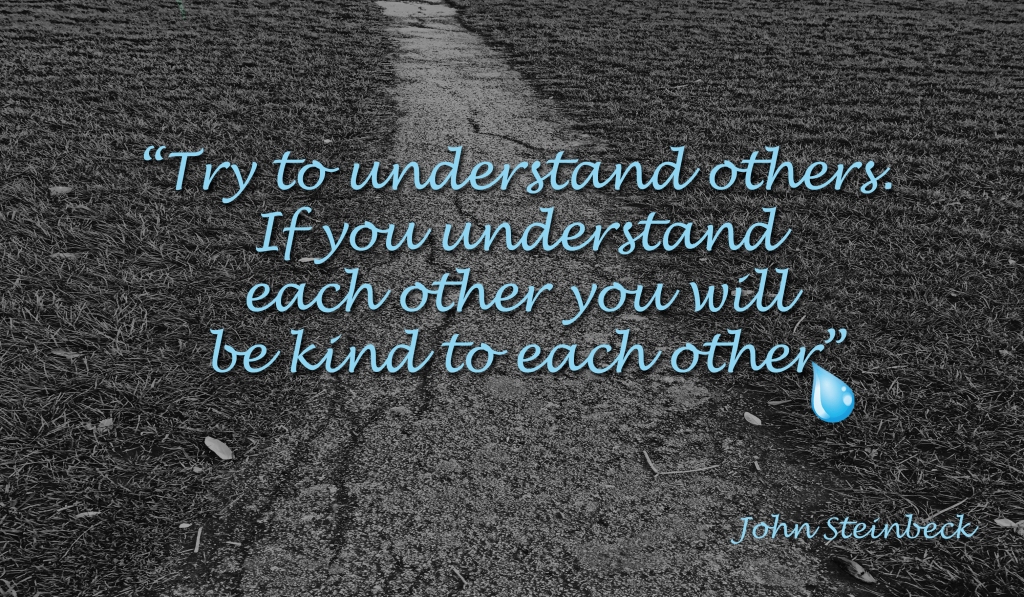
High & Low Pressure Fluctuations
Over the past 5 years I have experienced months of being almost constantly flat in bed and months of being upright all day (following epidural blood patches). But never symptom free and always struggling with hypersensitive reactions to normal pressure changes in my skull. At times after blood patches my symptoms have also typically seemed to shift into a more high pressure pattern of getting worse lying down and better upright. Although those times were also very confusing – as they often are for many spinal CSF leak patients who experience hypersensitive pressure fluctuations. Which can be even more heightened after treatment/ healing.
I have discussed this with a number of people over the years. There is an online support group for patients experiencing symptoms consistent with Rebound High Pressure symptoms and treated for such symptoms.
My friend Lisa’s experience of pressure fluctuations and rebounding from low to high pressure following spinal CSF leak self healing is documented here. (Also found at Series 2 Episode 6 here: www.nationalmigrainecentre.org.uk/migraine-and-headaches/heads-up-podcast/)
Micro-Managing ICP Equilibrium
We were actually recently discussing over Twitter how spinal CSF leak patients both before and after treatment/ healing become experts in ‘micro-managing their ICP (skull pressure) equilibrium’. Bending, carrying, lifting, stretching, straining, going to the loo, shouting, singing, twisting, exertion, opening stiff jars, lifting a full kettle, travelling on bumpy roads, stress & anxiety etc etc all tend to send pressure bursts/ waves into our head. Which when we are leaking, just seem to also make us leak more until it builds and we can no longer maintain a manageable pressure equilibrium in our skulls.
So to manage the condition, I have to ‘micro-manage’ my ICP. For me this means avoiding many of the things I mention above as much as possible or plan them before I lie down to rest. I also ask my family to lift/ carry/ bend for me as much as possible. I use a ‘litter picker’ stick to pick things up off the ground. I often try to delay using the loo until before I know I can lie down where possible. I also stand up most of the time I am upright because sitting makes me worse far quicker for some reason. (Perhaps due to the location of the leak and the stretching of the dura from sitting down.) Keeping my spine completely straight is my key to more upright time. And reducing the ‘pressure busts/ waves’ in my skull which build up to make me progressively worse until I cannot tolerate the symptoms any more.
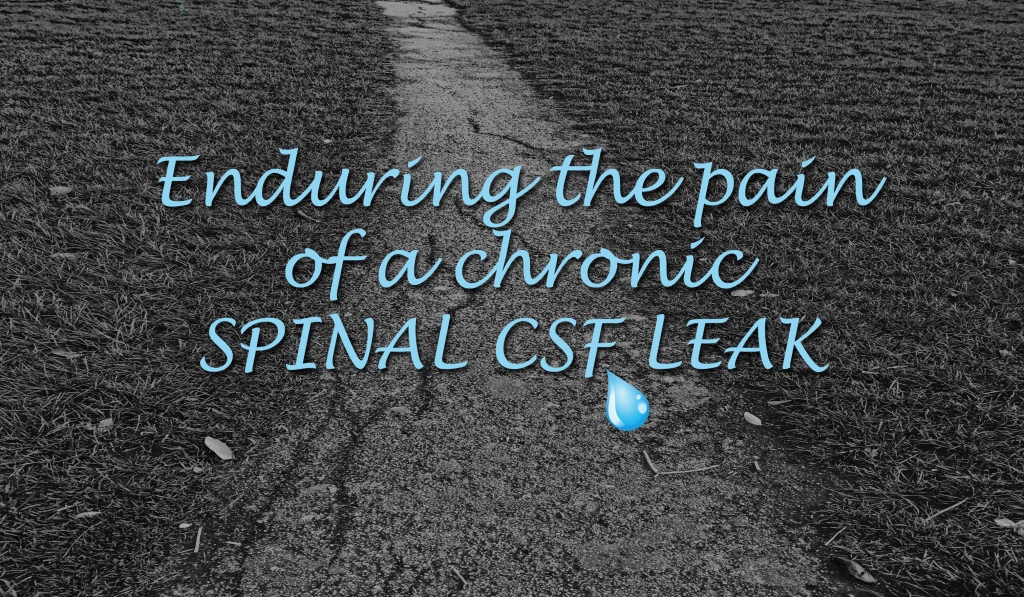
How it Feels To Have a Spinal CSF leak.
Please note these symptoms are there every day without fail. This pattern is consistent each and every day.
The best way to explain it, is like an ever-increasing overwhelming dull pressure/ intensity in the head. As it gets worse (over minutes to hours depending on how acute the leak is), you feel more and more detached from the world around you. That feels a bit like being drunk/ or using ‘gas and air’ – but accompanied by a heavy, pressure pain. The pressure is in the whole head but I feel it particularly in the occipital area, in my neck and behind my eyes. At its worst it is accompanied by a ‘pulling sensation’ which leaves you feeling like your head is being pulled into your neck. Or that your neck isn’t strong enough to hold your head up. Also many of the nerves around that area hurt more and more.
It just builds and builds until your brain starts shutting down. You can no longer think straight, process well, everything feels impossible, you become disoriented and confused and you can feel very very nauseous and I sometimes even want to gag. Although never actually vomit like some people do.
I also get pain in the bottom of my spine which gets increasingly worse. So I have described to others that it often feels like I have a metal rod going through my spine with a clamp at the bottom of my skull/ top of my neck. And one at the bottom of my spine. The sensation is then like someone is tightening the clamps either end so that my spine is being tightened, shortened and my skull is being pulled into my neck.
I imagine that it’s simply the sensation of your brain ‘sinking/ slumping’ into your skull because of the intracranial hypotension. Caused by the lack of spinal fluid to keep your brain in its cushioned, buoyant place. I think then this causes me to feel tension throughout my spine hence the clamp feeling.
The overriding feeling is…
‘I CANNOT COPE.’

I cannot cope…. with this intensity in my head.
I cannot cope …. with this level of pain & trauma.
I cannot cope …. with thinking and making decisions.
I cannot cope… with attempting to formulate words to explain what is happening.
I cannot cope …. with attempting to function whilst my body and brain feels like it is shutting down.
I cannot cope …. with this impossible illness.
My husband says I become vacant, distant and increasingly slow to respond as it becomes obvious that I am in a bad way.
Those feelings just increase until you feel like…
I CANNOT COPE WITH ANYTHING!!!
I MUST LIE DOWN & REST!!!!
You then think about the best quiet place that you can lie down flat in that moment….
Like a drug addict needing their fix….
…. Or a person in perpetual excruciating pain needing a morphine injection.
It’s obsessive.
My ‘morphine’ or ‘drug of choice’ is to lie down.
Morphine itself doesn’t work nor do any other pain killers. ONLY lying down/ resting works. Hence the debilitation.
The Impact of Lying down To Rest
As I lie down flat I feel a wave of relief as, almost instantly, things get easier. It can take anything from seconds to minutes to begin to feel the easing of symptoms. Although if things have got too bad because I have pushed myself too long, gone out for a longer walk or if I have just been on a longer car journey, it can take up to an hour-plus for my symptoms to fully calm to more manageable levels – where I feel more fully relaxed again from the extreme tension and trauma in my brain and body.
But as it does ease, it’s like your head slowly begins to clear. The intensity gradually eases. The ‘clamps’ loosen. The pain begins to dissipate. The brain fog and confusion gets better.
I can finally think and talk more clearly again.
I feel more normal again … although never fully normal. Never how my head used to feel before the accident.
At my worst times – when I was probably leaking most acutely – after being upright too long (sometimes a matter of minutes) I would not even be able to walk or talk properly. My speech would become slurred and incomprehensible. My legs would turn to jelly and I would struggle to walk without holding onto things to pull myself back to bed. And everything would feel like a dream.
My brain would just begin to completely shut down.
Until I would HAVE to lie down, as if being saved from drowning in pain, trauma & confusion… and after 5-10 minutes of lying flat I could think and talk more normally again.
Countless doctors and nurses in hospital over my various stays observed this which helped confirm the diagnosis at that time.
Those were more my classic spinal CSF leak symptoms. My problems with doctors came when those times were extended to hours or even most of the day of being upright. Especially after epidural blood patches. That is when many spinal CSF leak patients fall through the ‘text book diagnosis’ cracks. Into the ‘chronic migraines’ or ‘NDPH’ (New daily persistent headache) or chronic fatigue boxes.
And yet I know hundreds of patients in the UK/ world wide who can be upright most, or even all of the day, with spinal CSF leaks still evidenced on their scans or found in exploratory surgery – proving that it is possible, and actually more common than once thought (as any up-to-date research on the subject will tell you). Some patients with all the symptoms but no scan evidence turn out in exploratory surgery to have a thin membrane covering the leak which stops them fully healing but provides enough covering to not show on scans and give them more upright time. Some of these patients started off leaking through a simple lumbar puncture, but were previously told by doctors that they definitely could not be leaking still, and suggestions made that they ‘spend too much time on Google’ or it is simply ‘all in their head.’ Which regularly pushes very unwell patients into deep despair.
This is part of what makes this condition very difficult to endure.
The fact is that lying down not only helps much of the intense, traumatic pain. But it also helps my focus and ability to concentrate so much. This means that I often opt to lie down to write messages or emails to people, or talk on the phone for extended periods – simply because I can ‘think straight’ lying down – much better than I can upright. Especially if I have been upright for a while.
I normally write most of these blog posts lying down too.
Current Symptoms
I currently find I have about 1-4 hours upright AT A TIME. Generally more first thing in the morning and if I am well rested. Before things get too unmanageable and I have to lie down again for 1-2 hours to recover. I am then up for a while then down again throughout the day. I have also learnt to generally try and pre-empt when I really need to ‘get flat again’ so it doesn’t get too bad. Otherwise I can’t cope and it takes me longer to recover. Some days – like today – I am more up and down like a yo-yo for shorter time’s to try and avoid longer periods flat and do more writing or things on my phone lying down.
This has actually all been much easier for me in COVID-19 ‘lockdown’ because being at home all day means I can plan my lying down breaks much more easily. It’s extended periods upright outside of the house which are hardest for me.
However, as much as lying down is my ‘painkiller’ of choice. I must tell you that it doesn’t always ‘make all the pain go away’.
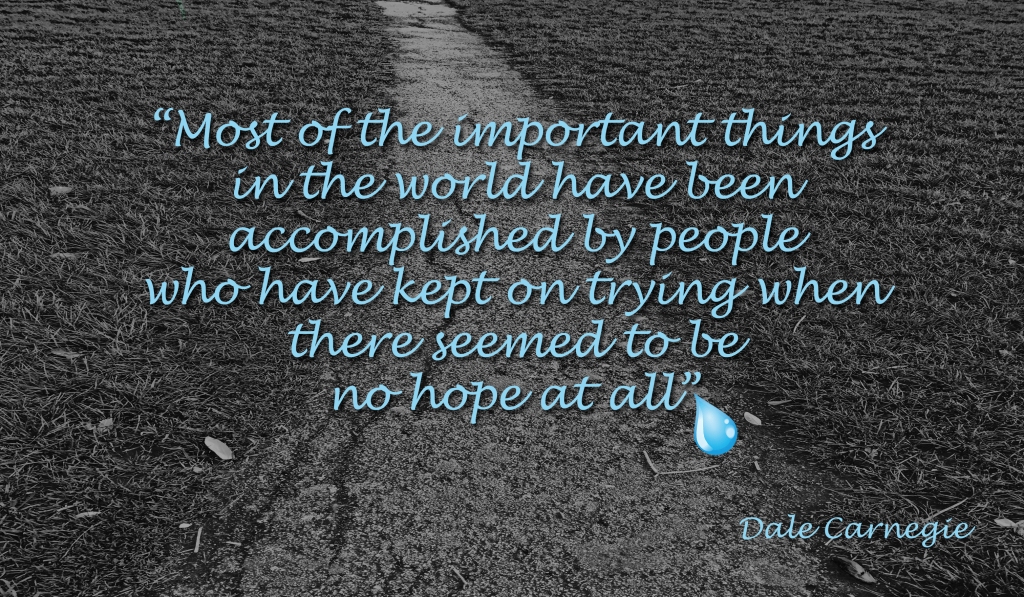
We Do Get Pain Lying Down Too
I live with a constant underlying dull head pressure and pain to varying degrees. Since my accident I have never had a fully clear head without any pressure, fogginess or pain at all.
Not one day, not even for one hour.
I imagine that everything is so messed up, inflamed and damaged in my head and spine these days and with my ICP equilibrium. That the pain and feelings of pressure (to differing levels) never really fully leaves. And often if I ‘over do it’ either upright or trying to do too much lying down. (A lot of typing, reading or talking). I can get a different type of headache on top of my normal one. A very painful more frontal headache, combined with a feeling of pressure and nausea. That can really stop me in my tracks for a bit. I actually feel it a bit now as I write this on my iphone whilst lying flat. I imagine it’s partly the exertion of holding my phone, and typing a lot on it. Whilst also concentrating to write. Sometimes normal painkillers can help this additional headache a bit but not always.
That kind of headache makes me feel very sleepy and I yawn a lot to try and release the pressure. If I then get up I often feel my ears popping as if my pressure is trying to equalise again. I still obviously have a lot of problems regulating my skull pressure.
I must also add here that I can also get those ‘pressure bursts’ I mention about being upright – lying down too. If I stretch, move or turn over too quickly, speak too loudly or even ‘pass wind’ (funnily enough – that’s how sensitive my head is!!!) I get a tangible wave of dull pressure and pain into my head. That can also make me feel rather light headed for a few minutes. But it normally eases again lying down if I am still and quiet for a bit – but not always.
The Vicious Cycle of Stress and ICP Regulation
Stress is also a MAJOR problem for spinal CSF leak patients. Due to the natural increases in ICP stress and anxiety brings – it is one of our worst enemies. Which is a major problem when our symptoms and the resulting debilitation are SO stressful, and at times traumatic, to deal with. I fully believe that the 2-3 major mental health crisis’ I have experienced were in seasons of major stress caused by the trauma and exhaustion of dealing with the illness and trying to get medical help long term. As well as experiencing relapses and pressure swings post treatment.
That is when I go from manageable head pain (if I have consistent lying flat breaks). To unmanageable, perpetual, excruciating, persistent head pain.
Upright AND lying down.
It is the EXTRA PAIN (on top of the normal more positional spinal CSF leak symptoms) that pushes me ‘over the edge’. And that level of pain feels impossible to deal with. That is what happened when I fully relapsed last year and later wrote this article as a window into the torturous suicidal mind.
At that point I had relapsed again and was desperately unwell physically AND mentally. I saw my neurologist in May 2019 and we were rather confused as to whether my symptoms could be high or low pressure related. Due to some features that looked more like high pressure linked to terrible symptoms on a recent flight to Italy on holiday and previously head pressure and pain lying down and in the night/ early morning. Although after an ‘acetazolomide trial’ (a drug used to reduce ICP) made my symptoms doubly worse until I could hardly move, walk or talk upright at all. It became clearer that it was probably another low pressure relapse. And after a few weeks following the full relapse my symptoms fell into a clearer low pressure pattern anyway of symptoms being greatly reduced lying down. (Especially once my sleep was restored & extra Neuro pain helped by medication from the GP – Mirtazapine, Zopiclone & Nortriptiline which was approved my my neurologist.)
These confusions about pressure are very very common as there are so many symptom overlaps between high and low pressure and their differences are often not clear cut. ** They can also have paradoxical symptoms which can confuse many. I know people with low pressure sounding symptoms that turned out to have IIH. It is also possible to have high ICP/ OP readings from intracranial monitoring or LP AND a spinal CSF leak. (I know of many people who have had normal or high pressure readings (one with an OP of 45 and I have heard with someone with over 50) WITH an evidenced spinal CSF leak. So it’s never a simple process to know what is going on.)
Also Rebound Intracranial Hypertension symptoms following treatment – although increasingly documented are often sneered at or laughed at by most neurologists. I was onced asked by a neurology consultant secretary after none of the neurologists in the office had heard of it… “did you see it on google Mrs Hill?” in a sarcastic tone. It’s this kind of experience that just leaves you feeling stupid about the complexity and debilitation of your symptoms. I replied, “Yes you can find it on google – can I send all the links so someone can actually consider it.”
Holistic Calmness to Manage Symptoms
So, regarding all this, and as I have previously written about – holistic calmness is often the key to managing a chronic spinal CSF leak. But calmness is not easy to come by when you deal with the stress of everything I have described above. Calmness for me has to go so much deeper than for the average person to try to maintain enough balance to keep my symptoms under control.
I tried to explain this once to a friend of mine who is also a doctor. My ‘normal ups and downs’ are so exaggerated by this condition that I imagine what to ‘normal people’s’ body and mind might feel like small changes in equilibrium – to me is felt so much more acutely. Hence some doctors will perhaps purely attach such issues to a patients lack of mental and emotional stability, rather than recognising the underlying physical medical problem creating these ‘mental and emotional’ swings and issues.

Mental Health & CSF Leaks
As I have explained again and again to both patients and doctors – You cannot separate the physical and psychological in any medical condition… But especially in this condition. I like to call the combination of the physical and mental in spinal CSF leak patients and during recovery as ‘a big ball of mess!!’ Where it is impossible to know where the physical ends and psychological begins.
You just cannot separate them.
Especially due to the way this condition effects our ICP (head/ skull pressure) and how that then both responds to stress & triggers stress.
When I say: ‘I CAN’T COPE!’ It’s not normally because I cannot cope in my mental health – per se. It’s mainly that I cannot function physically in that moment so then cannot cope any more mentally with the physical trauma of those symptoms either.
Once I lie down for a bit “I CAN COPE” much more.
But anyone will tell you when you are in a lot of pain or feel really really ill physically – you also struggle to cope mentally too. So the more I try and push my body to do what it struggles to do physically, the more pressure that puts on me mentally and emotionally. Causing this vicious circle where the physical and mental simply feed off one another and you can end up in dangerous places psychologically too. This is why many spinal CSF leak patients can have both underlying depression & anxiety AND be prone to major mental heath crisis’ when their body and mind pack in after trying to ‘push through’ for too long. I believe we are massively more at risk of complete physical and mental breakdowns than the normal population.
I never had any mental health issues at all before my accident. All my problems have always been directly linked to my medical condition – as confirmed by both psychiatrists and the counsellor I have seen since.
Why I Share My Story Publicly
So there is more of my current story of battling a spinal fluid leak (and at times more recovery) for 5 1/2 years. This condition is still so often so unrecognised, under-diagnosed and so misunderstood that it causes many patients untold amounts of extra pain and distress.
This is seen again and again and again when you hear the hundreds of stories in the private Facebook UK and International Spinal CSF leaks and recovery support groups. Most patients have a MAJOR battle to be heard and it causes them untold trauma physically & mentally that can effect them well into the future. Even if they can and do more fully recover in the end.
That is one of the reasons I continue to share my story. To be a voice for others struggling – as much as for myself. To try to reach some who are suffering so deeply and feeling so alone and misunderstood. And to help their family, friends and maybe even their doctors understand this condition better.
Case Update
In my own case – I am still working with my UK NHS specialist neurologist and his intracranial pressure team to try and find a way forward to help me. At the moment this includes considering Digital Subtraction or Dynamic CT Myelograms to try and locate the actual leak site (which is often very complex and hindered by the fact that my last CTM caused me to seizure) or trying a fifth blind epidural blood patch as these have helped a lot in the past.
Although the current pandemic had delayed all that somewhat. And our NHS – although wonderfully free at point of access – is also often very very slow. Particularly for patients needing multiple scans and procedures to help them with long term conditions such and this.
So mostly I have had to learn how to live with this awful condition and find the best life I can within all of the pain and restrictions. And this is where I am immensely thankful that with the help of my amazing husband, family, church family, many friends and the spiritual support from my faith. As well as some wonderfully supportive doctors I have discovered on my journey. I have found a way to live and enjoy life – amidst all of its pain. With God’s help I have found purpose, meaning and hope even amidst so much personal destruction.
So I want to encourage all those reading this today. That even if your life will never return to what it once was. There is still more beauty, joy and meaning to be discovered here and now. It will take a lot of grieving, support and wrestling through the journey. But to find more meaning within it perhaps you could reach out to support someone else, help educate others about CSF leaks, volunteer for one of the CSF Leak charities or find new creative ways to use your skills & expertise to make a difference in our world.
Your Life May Never Look Like How You Once Imagined It
But maybe rather than giving up hope we need to re-imagine a life that IS worth living. Through grieving the losses deeply – accepting our new reality – but then by finding a new way of living. Here and now. As many others have had to do before us.
My story is a testimony that it is possible to rediscover a new way of living even when you are not yet well. A spinal CSF leak is not the end of everything.
It may be the death of the life you were living, or imagined you would be living.
…But sometimes it is also the beginning of some new things discovered that can be even more beautiful than what you knew before.
“Most of the important things in the world have been accomplished by people who have kept on trying when there seemed to be no hope at all.”
Dale Carnegie
Here is a brilliant 2 min animation about Spinal CSF leaks.
For more information about spinal CSF leaks please see the UK charity website at www.csfleak.info or the US charity website at www.spinalcsfleak.org.
This post is a continuation of my Living With a Spinal CSF Leak post that I wrote 3 years ago. To read more about my spinal csf leak journey then please see the Spinal CSF leak tab in the top menu.
*Please see this new May 2018 medical paper about the 10 most common myths and misperceptions about spinal CSF leaks. It is by some of the top world experts in treating this condition. I was told so many of these myths by various neurologists, anaesthetists, radiologists and many other doctors during my lengthy and traumatic over 5 year battle with a spinal CSF leak. This kind of misinformation caused many delays, misunderstanding and great distress on my already immensely long winded and difficult medical journey.
**Please also see this other in depth 2018 medical paper about both low and high intracranial pressure syndromes and their similar and different symptoms. It also mentions cross overs with other headache types. When a patient suffers with a spinal CSF leak long term it can cause massive fluctuations in their whole pressure system both whilst suffering from a spinal CSF leak and following treatment. This is why lumbar puncture pressure readings and ICP pressure monitoring can prove an inaccurate diagnostic tool for SIH as this paper refers to as does the 10 myths paper. My initial LP reading was a 7 which was considered ‘evidence’ of low pressure by some doctors and normal by others.

